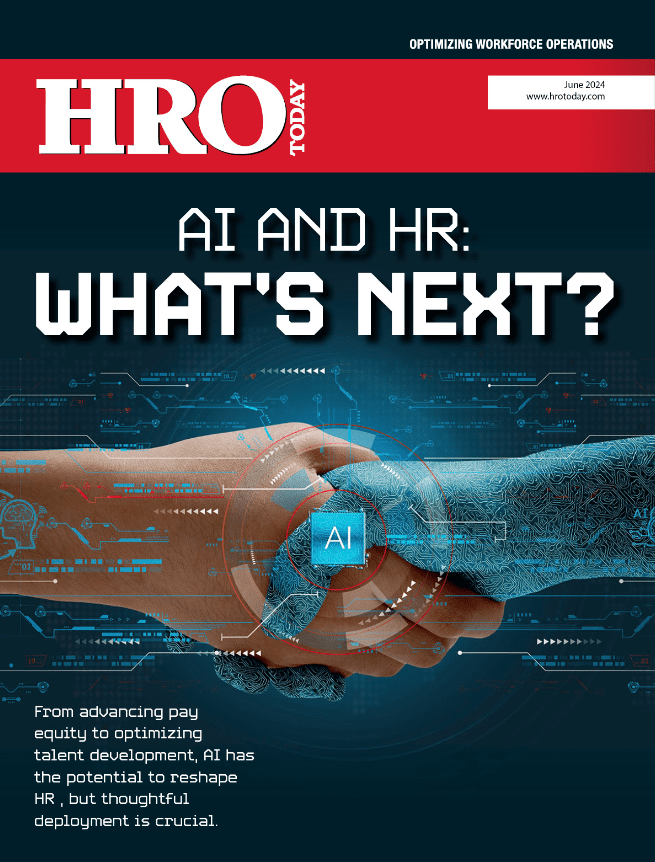New research shows three factors are improving the hiring process: increased transparency, a sense of empathy, and tech advancements.
By Zee Johnson
The pandemic-driven recession, along with social and racial awakenings, have positively changed how candidates and employers interact. More candidates had great hiring experiences last year. The 2020 North American Talent Board Candidate Experience (CandE) Benchmark Research Report found that positive candidate experience rates climbed by 6% to 31%, 24% higher than the previous year. The resentment rate fell to 8%, down from 14%.
During the global lockdown, the employment search did not look the same, and the lines between personal and professional were blurrier than ever. This forced employers to embrace a greater level of transparency and empathy. Businesses had to provide candidates with secure technology and other pandemic-friendly methods to continue their hiring processes. The overall impact of this new compassion and understanding was an increase in positive candidate experience.
The 2020 study found that organizations with positive candidate experiences share five practices.
1. Consistent communication. Fluid, frequent communication helps make a company’s hiring process distinct. The clearer the communication, the more positive a candidate’s experience will be.
2. Set expectations. Be transparent about what the candidate should expect and the next steps.
3. Ask for and provide feedback. For a more engaging process, companies should seek feedback whether positive or negative.
4. Embrace transparency and accountability. Candidates who felt hiring managers were being open and honest during the hiring process had better overall experiences.
5. Ensure a fair process. Regardless of the outcome, every applicant should feel they underwent a fair process.
Measure the Impact of Automation
Fresh off the heels of a year where face-to-face interviews were virtually extinct, many companies relied solely on automation. Even before the pandemic, the beginning stages were completed without much human contact, including role research and application. Now, the focus is on making the hiring process uncomplicated.
PwC’s 2020 HR Technology Survey found that nearly 60% of HR leaders cited finding, attracting, and retaining talent as the main driver behind implementing new HR technology. Yet Deloitte’s 2020 Global Human Capital Trends Report discovered organizations aren’t using machine learning tools to fully replace recruiters. Instead, they believe automation can help optimize performance.
Here are four automations that can help augment and deliver a great candidate experience.
1. Chatbots. In 2019, the use of chatbots increased by 15%. The study shows that chatbots have increased engagement which directly affected a positive candidate experience.
2. Mobile text campaigns. The usage of text campaigns has skyrocketed since 2019, increasing by 50%. In addition, when candidates were able to access a job application directly from a text message, the number of candidates reporting a positive experience increased by 32%.
3. Video interviews. The usage of video interviews increased by a staggering 129% since 2019. The number of candidates reporting a positive experience increased by 51% when they were given a video preparing them for the digital interview process.
4. Job simulation assessments. The use of job simulation assessments has increased by 26% since 2019.
In today’s job market, candidates pay close attention to how automation directly impacts their experience. When used correctly, technology can improve overall recruiter performance, increasing the chances of a great candidate experience.














